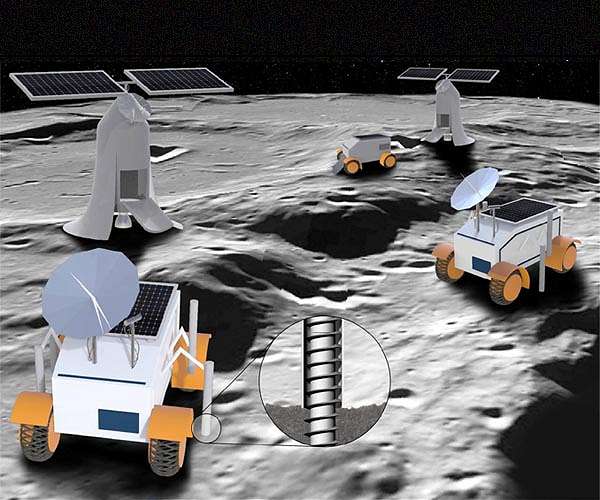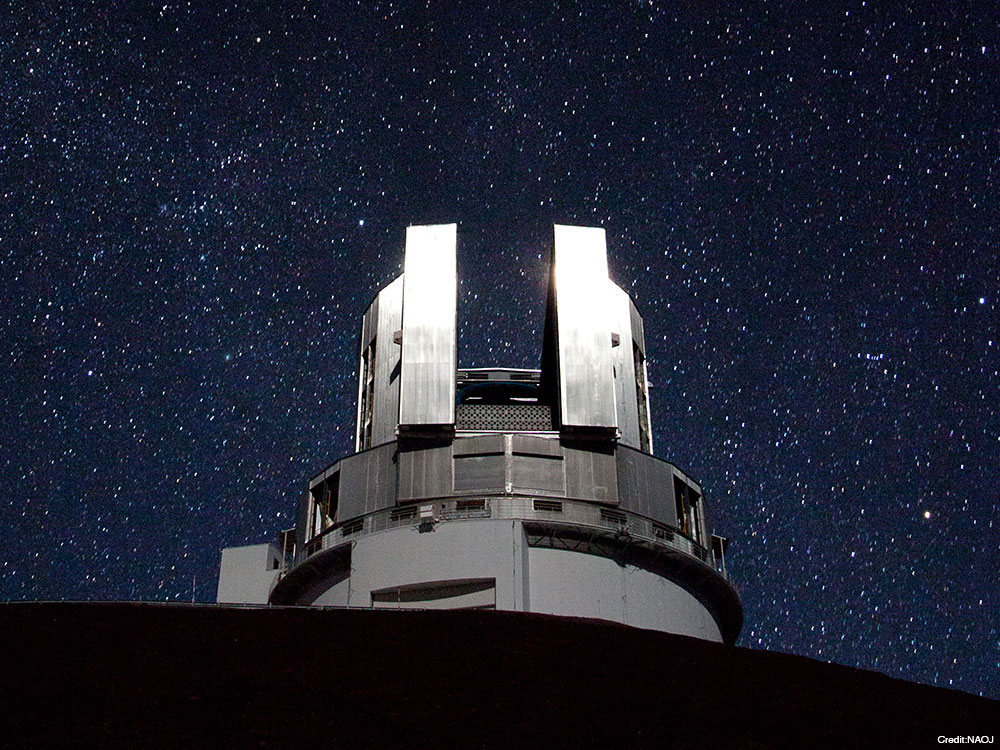Mars and Lunar propellant production plans face complexity challenges
by Simon Mansfield
Sydney, Australia (SPX) Aug 22, 2024
NASA’s ongoing efforts to develop in situ propellant production (ISPP) technologies for the Moon and Mars involve a balance between complex engineering and practical execution. These technologies, which aim to generate fuel on the lunar and Martian surfaces using local resources, could reduce the need to transport propellants from Earth, but present significant challenges in both design and power requirements.
Lunar Propellant Production
The Moon’s resources present several options for extracting oxygen and hydrogen, critical components of rocket fuel. Four key resources have been identified:
1. Lunar Silicates: Regolith (the Moon’s surface material) contains over 40% oxygen by mass, which can be extracted.
2. Iron Oxides: Regolith also contains iron oxide (FeO), which can be reduced with hydrogen to produce oxygen. FeO content in lunar soil varies, providing recoverable oxygen in the 1% to 3% range.
3. Solar Wind Implants: The solar wind embeds atoms like hydrogen and helium into the lunar surface, though these are only present in trace amounts.
4. Polar Ice: Permanently shadowed craters near the lunar poles may hold water ice in their regolith, though precise estimates of its abundance are still unavailable.
NASA’s near-term lunar ISPP plans focus on generating hydrogen and oxygen-based fuels. The carbothermal process is a promising method for extracting oxygen from lunar regolith, with proposed ISPP modules designed to operate independently in batch mode during a 7.4-month sunlit period. Initial designs aimed for an annual production of 8 tons of oxygen per module, but this target has been scaled back to 3.5 tons per year per module. When it comes to harvesting polar ice, NASA envisions a system where an excavator could make up to 1,200 trips, moving water-rich regolith for processing, though no reliable in situ estimates exist for the ice content.
Hydrogen reduction of iron oxides is another proposed method for oxygen production, but early models indicate that mass and power requirements for this system could be significantly larger than anticipated.
Mars Propellant Production
Mars presents a different set of resources and challenges for ISPP. The Martian atmosphere contains about 95% carbon dioxide, which can be split into oxygen and carbon monoxide via electrolysis. This approach is among the simplest options and could benefit from advances in solid oxide electrolysis cell (SOEC) technology, which is already being developed for Earth-based applications.
Other resources on Mars include minerals within the regolith that contain water, as well as near-surface water ice found at higher latitudes. Reverse water gas shift (RWGS) is another process under consideration, but its efficiency largely depends on the reaction temperature, and further research is needed to determine its practicality. While methane (CH4) production on Mars is another potential option, NASA may opt to transport methane from Earth and focus on producing oxygen locally, given the current complexity of generating both oxygen and methane on-site.
Power Challenges
Both lunar and Martian ISPP systems demand significant power to function. On Mars, the power requirements for ISPP are comparable to those needed for life support systems once a crew arrives. Therefore, the mass and cost of power infrastructure for ISPP are seen as part of the broader mission logistics, not unique to ISPP.
On the Moon, however, the situation is different. Power demands for ISPP are substantially higher than for life support systems, meaning the full burden of power infrastructure falls on the ISPP project, which could limit its return on investment. Solar power may be more feasible on Mars than previously thought, offering potential advantages over nuclear energy in terms of mass. Nevertheless, multiple kilopower nuclear reactors remain a safer bet for now.
For lunar ISPP, nuclear reactors and solar power are the two main options. A favored concept involves solar concentrators built on crater ridges to beam energy into permanently shadowed craters, where it would be converted into electricity. However, simpler solutions, such as kilopower fission reactors or tethering systems, might also prove effective. Additionally, power beaming from satellite arrays is another potential avenue for lunar ISPP.
Despite progress in ISPP technologies, the challenges of producing propellant on the Moon may lead NASA to continue relying on Earth-supplied fuel in the near term. Conversely, Mars ISPP could be pursued more aggressively, benefiting from advances in solar power and oxygen production methods, while simplifying methane logistics by transporting it from Earth.
Research Report:Near-Term NASA Mars and Lunar In Situ Propellant Production: Complexity versus Simplicity
Related Links
Beijing Institute of Technology
Mars News and Information at MarsDaily.com
Lunar Dreams and more




